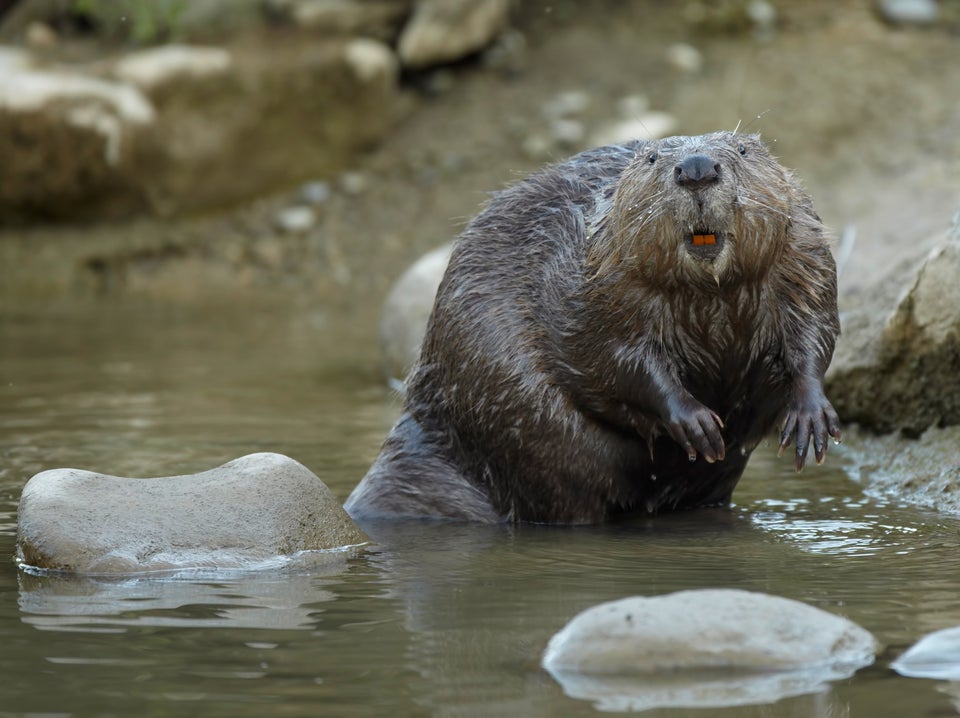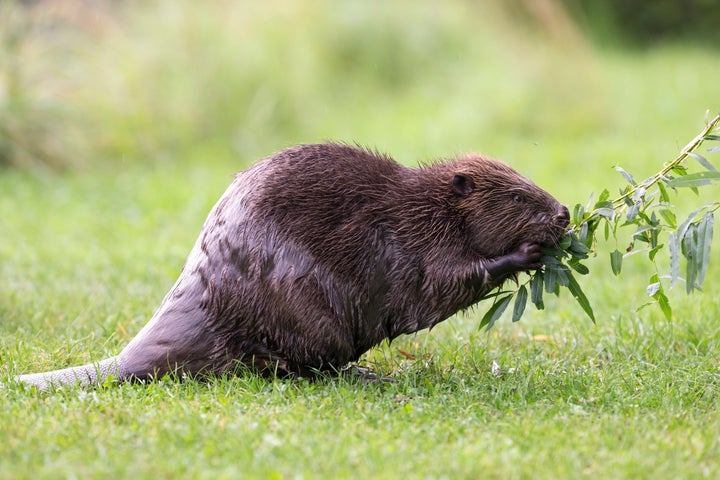
You may have heard the rumor by now -- certain artificial flavorings like vanilla, raspberry and strawberry are made from the anal secretions of a beaver. (If you haven't heard that rumor, you might have just spit out your coffee. Sorry.) So we're setting out to clear up what's true and what's not.
A beaver's posterior, believe it or not, smells good. Like, really good, according to Joanne Crawford, a wildlife ecologist who told National Geographic that she loves putting her nose down there and breathing it all in. "People think I’m nuts," she said. "I tell them, 'Oh, but it’s beavers; it smells really good.'"
Technically called castoreum, there's a substance described as "brown slime" that comes from the beaver's castor gland, which is located a short gasp away from its anal gland, right there under its big tail.
Castoreum is so favorably fragrant that we've been using it to flavor ice cream, chewing gum, pudding and brownies -- basically anything that could use a vanilla, raspberry or strawberry substitute -- for at least 80 years.
But whether or not it's actually still in that scoop of vanilla ice cream with strawberry syrup on top ... well, it's hard to know for sure.
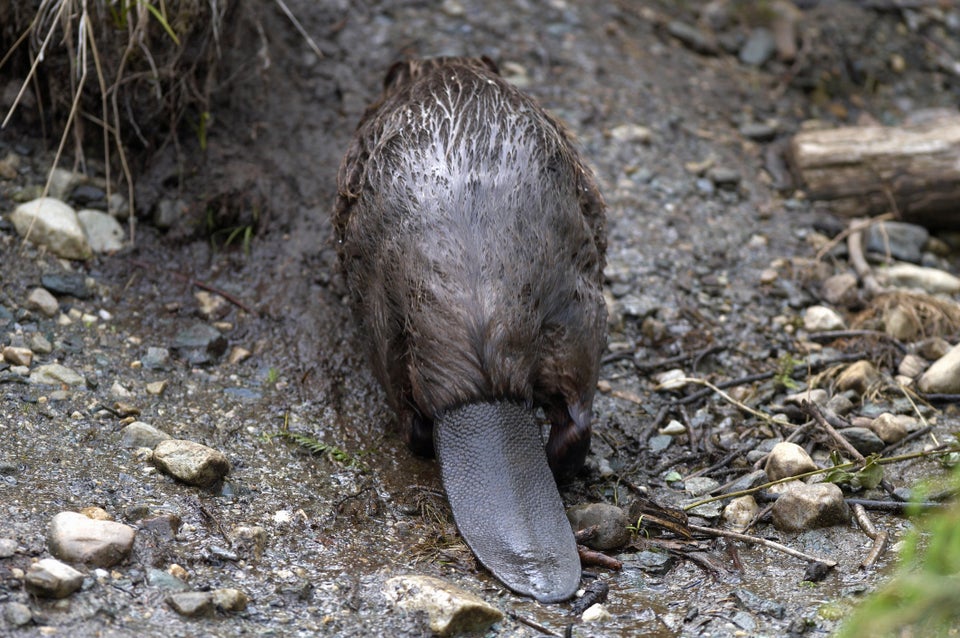
When secreted, castoreum is "viscous, straw to brown in color, insoluble in water or ethanol, and has a heavy, pungent odor."

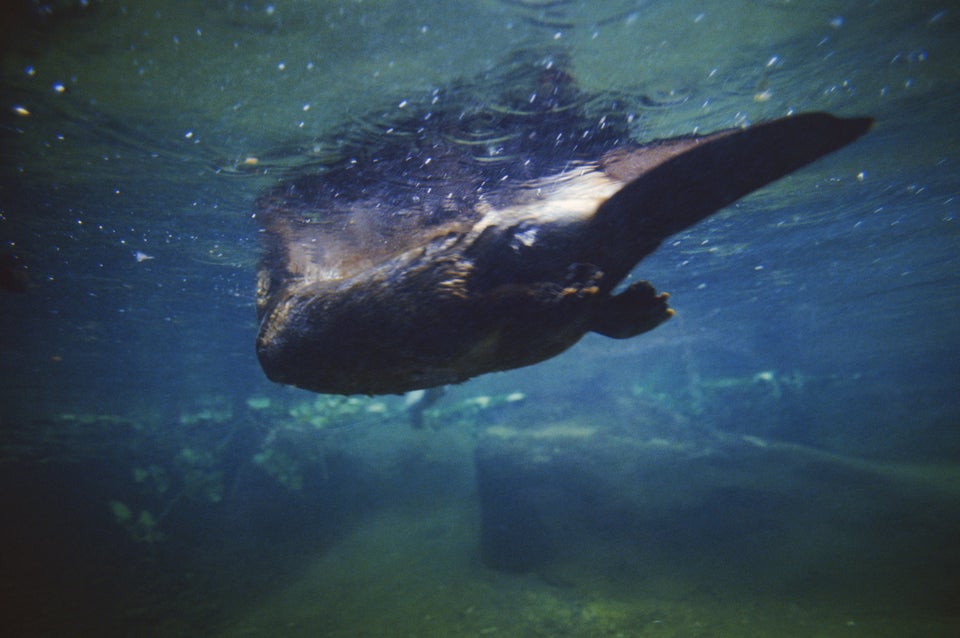
But we know that the Romans burned castoreum in lamps because they thought the fumes caused abortions, and trappers have used it to lure animals since at least the 1850s.
And it's been used as a flavoring ingredient in foods for at least 80 years as a replacement for vanilla and in some fruit flavorings such as strawberry and raspberry. There is even a castoreum liquor enjoyed by the Swedes that you can make for yourself here.
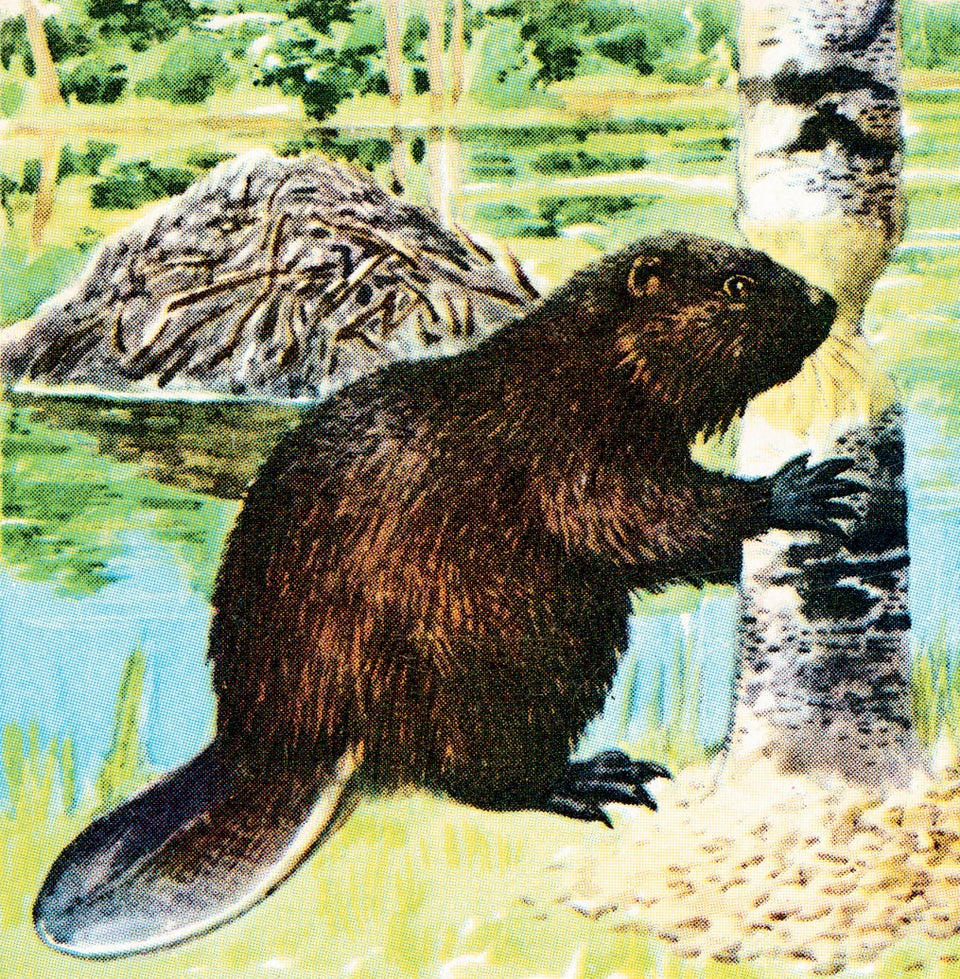
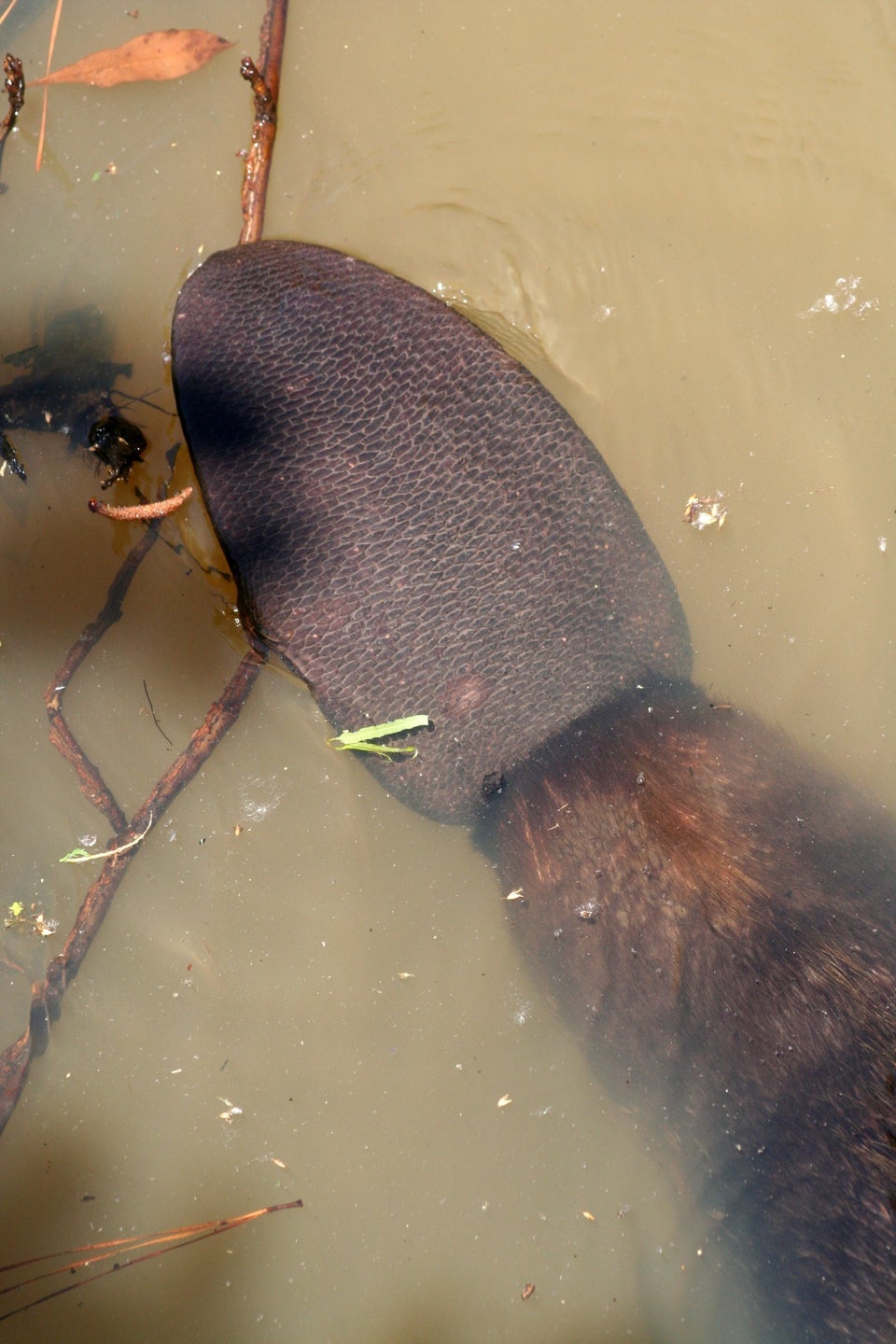
Because it's considered safe, the FDA doesn't require companies to specifically say they're using castoreum. They can just say "natural flavoring."
But the chances castoreum is in your food are slim to none. Instead, manufacturers make strawberry flavor by mixing some fruit extract with compounds produced from other plants and trees, for example.
